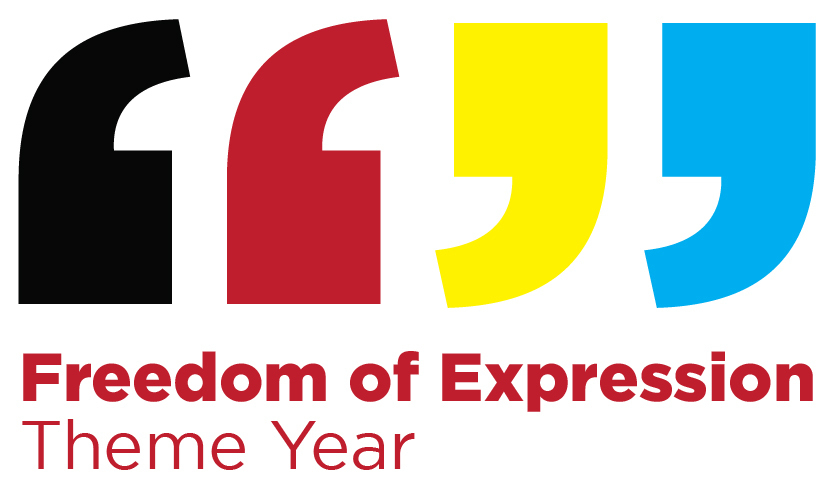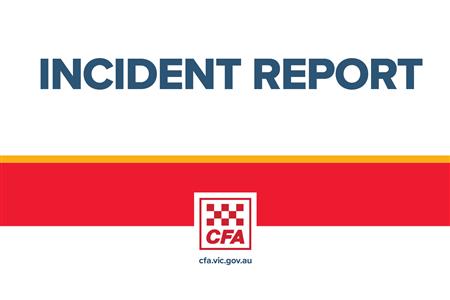Serap Kavas, a visiting scholar from Turkey, teaches the sociology of gender, family and migration – and she has noticed that the more heated the politics outside the classroom, the quieter her students become.
“Even though students have great ideas, they may not want to invite controversy, offend their friends, spark debate or tension in class,” said Kavas, now one of 11 participants in an Intergroup Dialogue Project (IDP) class for instructors on how to create a learning environment that invites dialogue and fosters freedom of expression. “I try my best to provide a safe environment and to encourage them to participate, but I needed additional insight.”
The course, which concludes this week, brought together instructors from eight colleges and schools who are interested in encouraging the responsible exploration of differing perspectives, opinions and experiences. Participants learned skills and frameworks that support communication and learning across difference, skills that both participants and course instructors said not only help students learn course content in a nuanced way but are vital to the ongoing development of a democratic society.
“As educators we have the responsibility to create structured opportunities for our students to learn about and practice democratic exploration of opinions, values and beliefs. If we care about the future of democracy, we need to teach our students how to think, listen and communicate with curiosity, openness and humility,” said Adi Grabiner-Keinan, Ph.D. ’16, executive director for academic DEI education, director of the IDP and co-instructor of the course.
“In this course, we worked together to create a vision of responsible, critical freedom of expression in the classroom. A key assumption is that in addition to teaching students content in psychology, law, biology or engineering, we also need to support the development of their capacity to think critically, ask questions, learn from others and engage with different worldviews,” she said.
The course was prompted by the university’s theme year, the Indispensable Condition: Freedom of Expression at Cornell, which aligns with the IDP’s mission of encouraging and facilitating dialogue and connection across difference.
Instructors found helpful the concept of “multipartial dialogue facilitation,” where facilitators recognize the potential in conversations and guide students in exploring multiple perspectives.
In four sessions meeting biweekly in February and March, participants have explored how dialogue can engage students in their course content. They were asked to bring their unique teaching contexts to the course and to facilitate activities and conversations based on a pedagogical challenge or goal – which they said allowed them to apply concepts directly to their teaching. Some of the topics included attitudes toward polarizing current events, the social implications of scientific research and the educational impact of generative AI.
Karen Hirsch ’85, D.V.M. ’89, lecturer in the College of Veterinary Medicine (CVM), signed up for the course to better facilitate a particular conversation she has in a course on euthanasia, when students respond to the scenario of a pet owner wanting to pursue euthanasia even when the pet’s illness is not terminal.
“The majority of students don’t want to comply, but there are going to be some students who feel that this decision is up to the owner or that the condition does warrant euthanasia,” Hirsch said. “I want students to be able to discuss freely how they feel, and I don’t want the majority to crush the minority – because there are different ways to proceed.”
Hirsch and others found helpful the concept of “multipartial dialogue facilitation,” where facilitators recognize the potential in conversations and guide students in exploring multiple perspectives, in order to deepen critical thinking skills.
“The goal of dialogue is not to convince or win an argument,” Grabiner-Keinan said. “It’s also not about leaving the room with a feeling of ‘let’s agree to disagree.’ In dialogue we try to create new knowledge together.”
Participants also explored strategies for creating a classroom environment in which students feel capable of and supported in exchanging ideas openly. One example was establishing community agreements, or shared expectations about how members of the class will communicate with each other, and ways to reinforce their implementation throughout the semester.
Taking inspiration from the course, many said they want to bring discussions about process into their classes – to show that even problems with a right answer may have numerous routes to the solution. And multiple participants said they are now emboldened to invite students’ feelings and experiences into the classroom, including Katelyn Carney, D.V.M. ’06, a lecturer in CVM.
“So much of what we as veterinarians learn ends up having a human connection, and we’ve all had different experiences with our own health or that of our families,” Carney said. “If we could connect to our feelings about those prior experiences when learning, I think that could make the whole educational experience a lot richer and more meaningful, and that’s when new knowledge tends to stick.”
The chance to discuss, learn and practice dialogue with peers from across the university has been both eye-opening and reassuring, participants said.
“We were excited to see participants share their unique perspectives on the assigned readings, receive candid and constructive feedback after experimenting with activities they wanted to try with their students, and work together to imagine implementing the course concepts and strategies in their own teaching,” said Rachel Sumner, Ph.D. ’15, associate director of the IDP and course co-instructor.
“It was illuminating for me because I saw that I’m not alone,” said Kavas, whose fellowship at the Cornell Brooks School of Public Policy is supported by the Institute of International Education’s Scholar Rescue Fund. “We all have similar challenges. We’re really doing a lot of peer learning, learning from people from different disciplinary backgrounds, and building a community. It’s really very effective.”
Kavas said she now feels better prepared to create an environment where her students feel more comfortable being uncomfortable, where they can truly enter into dialogue – at a time when those skills are desperately needed.
“Coming from a Middle Eastern background, I see how polarizations, clashes, tension result from a lack of dialogue. I see it in the U.S. context as well,” Kavas said. “It’s really very necessary, vital for us to instill these skills in students. We’re living in a world where information flow is fast, and we’re subject to misinformation and provocation – we need these critical thinking skills, these dialogue skills to listen to each other and respect each other.”








